Cable/Telegraph Codes
The substitution ciphers we have looked at can encrypt any message, even words or names unknown at the time a cipher was devised. True codes, on the other hand, are a closed system – when people are assigned new labels (Gazelam for “Joseph Smith,” for instance), you cannot introduce a new name without notifying correspondents of the additional code word.
Nineteenth century Mormon leaders used true codes following the completion of the telegraph, and especially following the completion of the transatlantic cable. Cable codes could be used to maintain secrecy, but generally they were intended to lower the expense of cabling between, say, Liverpool and Salt Lake City, because a single code word could replace the multi-word name of a person or city, or signal the completion of an assignment.
Actual 1868 message telegraphed by Brigham Young (Salt Lake City) to Hiram B. Clawson (New York City):
Yankee cherub highness frog tablet darby dungeon mint granby budget. Horace walrus magnet it ramble Ireland time.
signifying:
???
(I have not found the key, although I’m told the First Presidency telegraph
code books do still exist somewhere in the archives.)
A more dramatic example is the telegraph code used among polygamists “on the underground” in southern Utah, whereby men could be warned of subpoenas issued to their wives, the approach of federal marshals, and the retreats of their associates. Complained one marshal to a judge, “[P]eople along the [rail]road are advised of the presence of a Deputy Marshal on board any train … [and men] are employed to watch the movement of officers and to … aid the criminal … to escape.” Telegraphed codes played a major role in such escapes.
Simulated message in a code actually employed by Mormon men “on the underground”:
RING LOST JAMES WHITE POCKETS BLACK
signifying:
The U.S. marshals are hunting for Erastus Snow in St. George. Move your quarters to Beaver.
Cannon’s codes
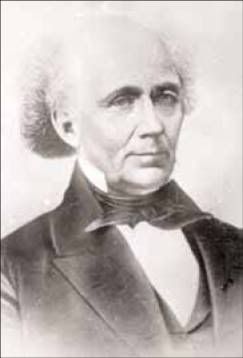 Because of often intense political antagonism between Mormondom and the broader American culture, Utah Territory’s delegates to Congress understandably might have taken special care to protect their correspondence. Surprisingly, though, I have found little evidence of coded communications in the first 20 years of Mormon presence in Congress. The letters of John M. Bernhisel reflect his personality – courtly and dignified, reporting political affairs without gossip or intrigue.
Because of often intense political antagonism between Mormondom and the broader American culture, Utah Territory’s delegates to Congress understandably might have taken special care to protect their correspondence. Surprisingly, though, I have found little evidence of coded communications in the first 20 years of Mormon presence in Congress. The letters of John M. Bernhisel reflect his personality – courtly and dignified, reporting political affairs without gossip or intrigue.
 The letters of William H. Hooper are likewise matter-of-fact and indicate little awareness that security was an issue – although he occasionally discussed sensitive political matters that could easily have justified encryption.
The letters of William H. Hooper are likewise matter-of-fact and indicate little awareness that security was an issue – although he occasionally discussed sensitive political matters that could easily have justified encryption.
George Q. Cannon, on the other hand, was a far more sophisticated man of affairs than either of his predecessors. He had waged fierce battle in the newspaper wars, and had engaged in politics in Hawaii, California, New York, and Washington as well as in Salt Lake City, before his 1872 election to Congress. Cannon was keenly aware of the lengths to which an opponent might resort to gain advantage, and he took steps to protect his communications. The first such step was to avoid writing directly to Brigham Young, whose name on an envelope would have attracted attention all along the mail route. Instead, he often wrote to trusted middlemen, such as Daniel H. Wells, who would deliver letters to Brigham Young.
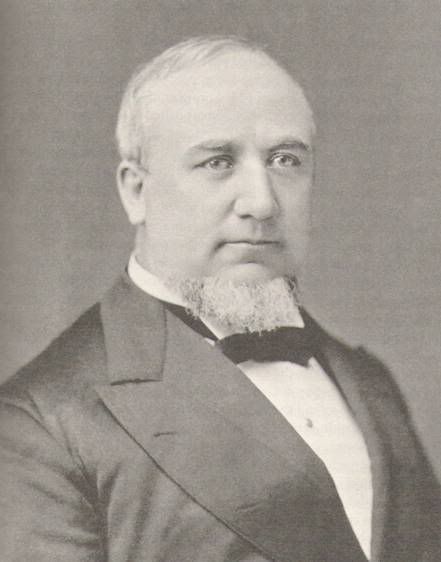
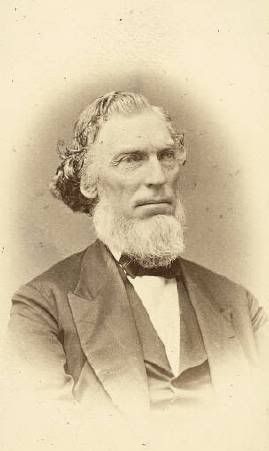
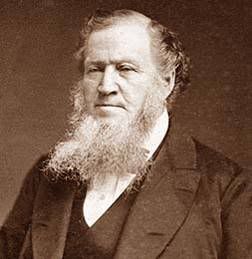
George Q. Cannon -to- Daniel H. Wells -to- Brigham Young
One way in which Cannon disguised his messages was to write in a roundabout way that presumably would be understandable only to his brethren in Salt Lake City. We have seen how he avoided mentioning Kane by name. A far more elaborate illustration occurred in 1874:
In January that year, Cannon wrote to relay critical information about steps that Congress would soon take. In a separate letter, Cannon stressed the reliability of his information. Rather than naming his source, however, Cannon directed Young to a letter written a year earlier, to note whom Cannon had met at a certain dinner party.

From that letter, Young discovered that Cannon’s reliable source was William Tecumseh Sherman, a powerful figure and one not generally known to be friendly to Mormon interests.

Another method of preserving secrecy in his letters was one which arose as a consequence of the peculiar history of Mormondom: When Cannon wished to say more than could be said by the roundabout method of allusion, and when there wasn’t time to employ a more formal method of encryption, Cannon simply dropped into Hawaiian, knowing that fellow missionary Joseph F. Smith would be able to translate at the Salt Lake end. In this example, the desirability of confidentiality is obvious: This letter proposes to bribe members of Congress to kill a disastrously anti-Utah bill before it reached the House floor. “We think its defeat is important, and we think we can defeat said Bill by giving a few thousand dollars. … Shall we try?”

But even Hawaiian, as mystifying as it would have been to an interceptor, was not the ultimate weapon in Cannon’s code arsenal. Cannon also made use of an ingenious cipher – one that was easy to remember, yet so complex that it would be almost impossible to break without the key. There is no reason to suppose that Cannon or any of his associates invented this cipher, because codes of this type were being produced commercially by this time. One such cipher – Larrabee’s – was evidently used by the Mormons, because Kane owned a copy sent to him by Brigham Young. Larrabee’s was not the precise code used by Cannon, but Cannon’s code worked in precisely the same way.
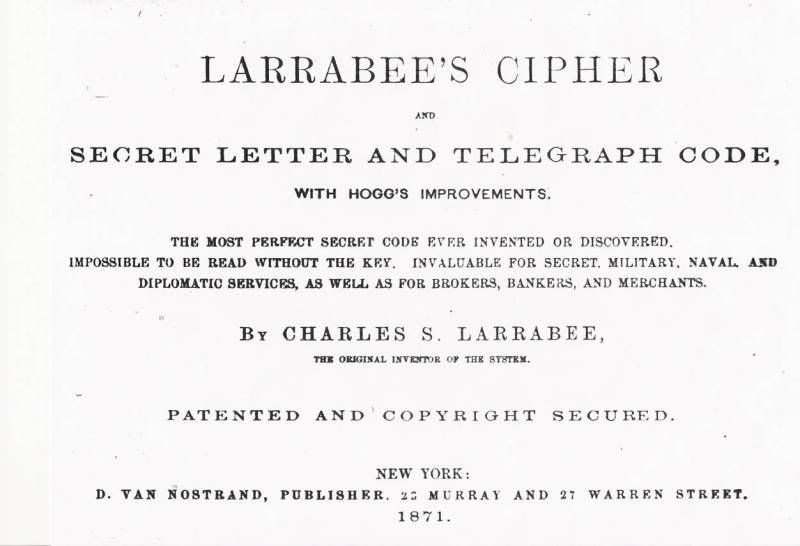
Such ciphers were built around tables such as this one, with a different cipher associated with each letter of the alphabet.
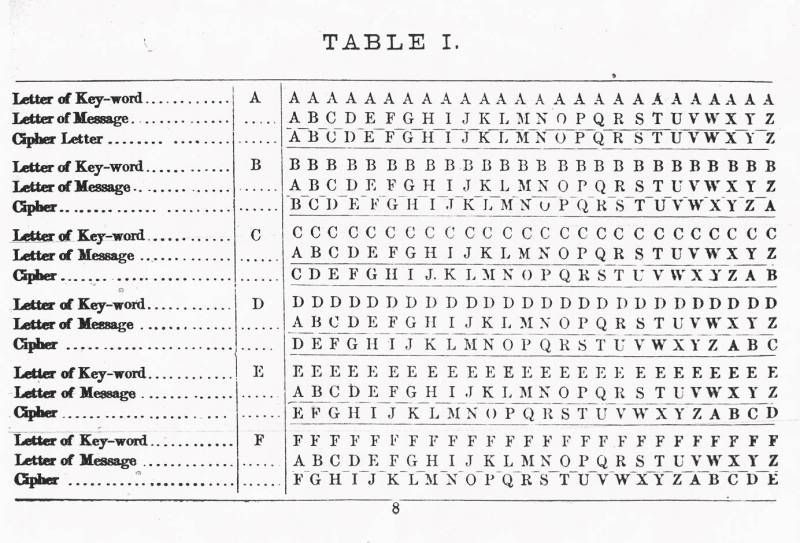
(This page shows only the first 6 of 26 keyword charts;
there is a separate chart for each letter of the alphabet.)
The first step in encoding a message is to write out the plain text:
BRIGHAM LOVES AMELIA
The next step is to write a keyword (in this example, the word MILK) above the plain text, repeating to correspond to the length of the message. The keyword could be changed as often as desired, as long as both the sender and receiver were informed.
MILKMIL KMILK MILKMI
BRIGHAM LOVES AMELIA
(I have not learned how to change fonts in WordPress to allow me to use a monospace font. If you have trouble understanding the following explanation with the garbled illustrations, write out the message yourself with a pencil and paper, being careful to put “M” immediately over “B”; “I” immediately over “R”; “L” immediately over “I”; and so on.)
Then a chart is consulted. In our example, we locate the chart for the keyword’s letter M, and find that “B” is represented by N, and we write N immediately under the M/B.

MILKMIL KMILK MILKMI
BRIGHAM LOVES AMELIA
N____________________
Next, we locate the chart for the keyword’s letter I, and find that “R” is represented by Z, and we write Z immediately under the I/R.

MILKMIL KMILK MILKMI
BRIGHAM LOVES AMELIA
NZ___________________
And so on, letter by letter, until the full message has been encrypted.

MILKMIL KMILK MILKMI
BRIGHAM LOVES AMELIA
NZT__________________

MILKMIL KMILK MILKMI
BRIGHAM LOVES AMELIA
NZTQ_________________

MILKMIL KMILK MILKMI
BRIGHAM LOVES AMELIA
NZTQT________________

MILKMIL KMILK MILKMI
BRIGHAM LOVES AMELIA
NZTQTI_______________

MILKMIL KMILK MILKMI
BRIGHAM LOVES AMELIA
NZTQTIX______________
…
MILKMIL KMILK MILKMI
BRIGHAM LOVES AMELIA
NZTQTIX VADPC MUPVUI
Only the encoded message NZTQTIX VADPC MUPVUI is transmitted.
When the message is received by someone knowing the keyword, the process is reversed to decipher the message.
The reason, of course, why such a code is difficult to break is because each letter may be represented by a different coded letter almost every time it appears: In our sample, the letter “A” is represented by I, M, and again by I. Someone else could send exactly the same message, using the same tables, but as long as they used a different keyword, the encrypted message would look entirely different. Such a code was secure enough even for use over the public telegraph wire.
The title of my paper is taken from a Cannon letter. Although Cannon wrote primarily in plain English words, he encoded enough to make the message unintelligible.
“Suppose it were to be decided that the qmlbwpnygax Eujugec did not have the power under the selisbgepy to ktgjie upon uztuexr hwzkxw the wzznlhmpygtg they have been exercising …”
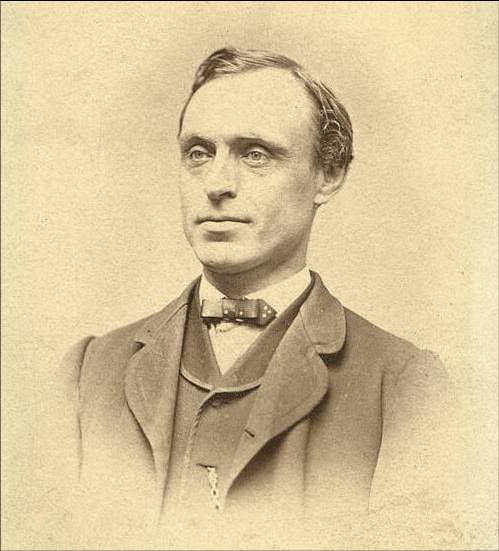
Cannon wrote a related letter to David McKenzie, a clerk in Brigham Young’s office, providing him with a list of the encoded words but not their context. McKenzie decoded the words – we can see here that the keyword used at this date was “fifteen” – and provided Young with their translation, all without McKenzie’s understanding Cannon’s message.

Combining the text written in plain English with the encoded words deciphered by McKenzie, Brigham Young was able to read a legal analysis concerning the future of Utah’s probate courts:
“Suppose it were to be decided that the qmlbwpnygax Eujugec [legislative Assembly] did not have the power under the selisbgepy [Organic act] to ktgjie [confer] upon uztuexr hwzkxw [probate courts] the wzznlhmpygtg [jurisdiction] they have been exercising … “
Incidently, the cipher used by Kane in 1858 probably worked in much the same way as Larrabee’s or the variation used by Cannon, because it was based on Robert Patterson’s code. The 26 separate tables of Larrabee’s were combined into a single grid in Patterson’s code:
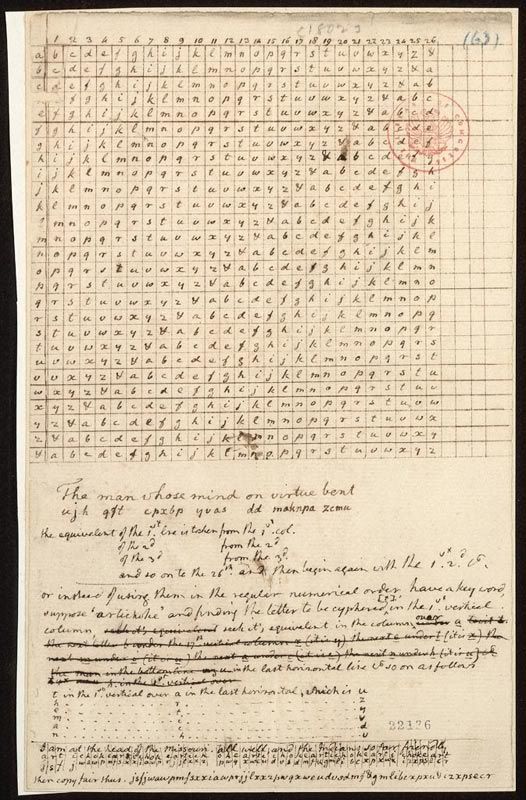
The Kanes’ version had a diabolically difficult twist. Rather than using a predetermined keyword such as fifteen or milk, both the sender and the receiver had to construct a keyword based on the first letter of each line in a certain portion of Genesis as it appeared in a particular edition of the Bible; the scripture used to generate the keyword changed according to the date of the encrypted letter. Printing variations in the Bibles used by Kane and his wife, and perhaps carelessness in constructing the keyword, would account for the tremendous difficulty Elizabeth Kane had in deciphering the coded messages sent by Kane.
Conclusion
So what does this aspect of our history say about us as a people?
First, that we were a complex society with secrets to keep – just as any organized people might guard financial interests against rivals or political interests against opponents. The earthly Kingdom of God was and is as complex as any worldly kingdom.
But the use of codes and ciphers in 19th century Mormondom illustrates how very much “the Other” we were, outsiders in the very society where we had been born. Based on hard experience from our earliest days, reinforced throughout the century, Mormon leaders anticipated bloody, devastating opposition, and guarded secrets to preserve every possible advantage. The use of codes and ciphers is a manifestation of the seriousness with which our forebears took the scriptural caution: “I send you forth as sheep in the midst of wolves: be ye therefore wise as serpents, and harmless as doves.” The use of codes was an expression of both vigilance and ingenuity.
Continue reading at the original source →



